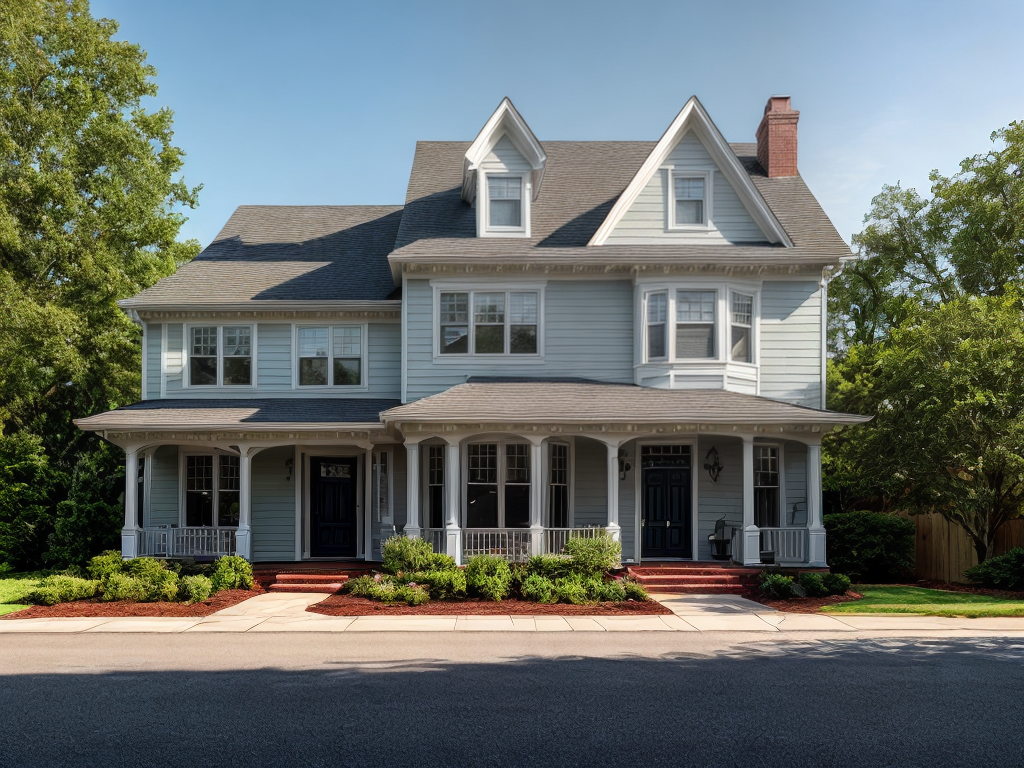
I’m no expert painter, but I’ve learned a thing or two about maintaining exterior paint jobs. It’s not just about slapping on a coat of paint and calling it a day. There’s choosing the right type of paint, regular cleaning, addressing wear and tear, and even considering the weather. And don’t get me started on timing! Stick around and I’ll share essential tips I’ve picked up on maintaining your exterior paint job.
Understanding Exterior Paint Types
In maintaining your exterior paint job, it’s crucial that I first explain the different types of exterior paints and their unique properties. The main types are oil-based and water-based paints. Oil-based paints are known for their durability and resistance to wear, contributing largely to paint longevity. They’re less likely to peel, crack, or fade, making them a good choice if you’re looking for a long-lasting finish. On the other hand, water-based paints are praised for their color retention and flexibility, which impact color selection. They dry quickly, resist mildew, and are easy to clean with water. Understanding these properties helps you select the right paint for your exterior and maintain it properly. It’s one sure step to a well-preserved facade.
Regular Inspection and Cleaning
Having chosen your paint type, it’s important to remember that my home’s exterior paint job will require regular inspections and cleanings to ensure its longevity and vibrancy. This is not just about maintaining appearances – it’s a vital part of home maintenance that also aids in mold prevention and stain removal.
Here are three key steps to remember:
- Regularly inspect: Look for cracks, peeling, or bubbling. These are signs that the paint job needs some attention.
- Regular cleaning: A simple wash with a hose can remove dust and dirt. For stubborn stains, you might need a mild detergent.
- Mold prevention and stain removal: Treat any mold you find immediately to prevent spreading. For stain removal, a specialized cleaning solution might be required.
Addressing Peeling and Cracking
After tackling regular inspections and cleanings, I’ve found that a significant part of maintaining my home’s exterior paint involves addressing any peeling and cracking promptly. It’s not just about aesthetics; these issues can signal underlying damage.
Moisture prevention is key. I ensure my gutters are functioning properly and that the ground around my home slopes away to prevent water build-up.
Here’s a handy table I use, which might stir some emotions:
| Problem | Solution | Emotion Evoked |
|---|---|---|
| Peeling paint | Prompt scraping and repainting | Relief |
| Cracks | Filling and sealing | Satisfaction |
| Underlying damage | Professional repair | Confidence |
| Moisture build-up | Adequate drainage | Security |
| Neglected maintenance | Regular inspections | Pride |
Addressing these problems promptly protects my investment and my peace of mind.
The Role of Weather Conditions
Beyond just dealing with peeling paint and cracks, I’ve also learned that weather conditions play a massive role in exterior painting maintenance. Climate impacts can drastically affect the lifespan and appearance of your exterior paint.
Here are three key seasonal considerations:
- Winter: Cold temperatures can cause paint to crack and peel. It’s best to paint when temperatures are mild to ensure durability.
- Spring and Autumn: These are the optimal seasons for painting. The moderate temperatures and low humidity levels offer ideal conditions for paint to adhere and dry properly.
- Summer: High heat and humidity can make the paint dry too quickly, leading to blisters and bubbles. Try to paint on cooler, overcast days.
Understanding the weather’s role in paint maintenance can make all the difference in your home’s exterior look.
Timing Your Paint Jobs Right
While I’ve touched on how different seasons affect exterior painting, it’s crucial to realize that timing your paint jobs right is equally important for maintaining a fresh and appealing look. Seasonal considerations play a big part. For instance, painting in the extreme heat of summer can cause the paint to dry too quickly, leading to cracks and peeling. On the other hand, damp and cold conditions of winter can prevent the paint from drying properly. So, I’d recommend spring and fall as the ideal times for exterior painting. Also, color choices matter. Dark colors absorb more heat and tend to fade quicker in sunny climates. Hence, opt for lighter shades if you’re in a region with long, hot summers.


